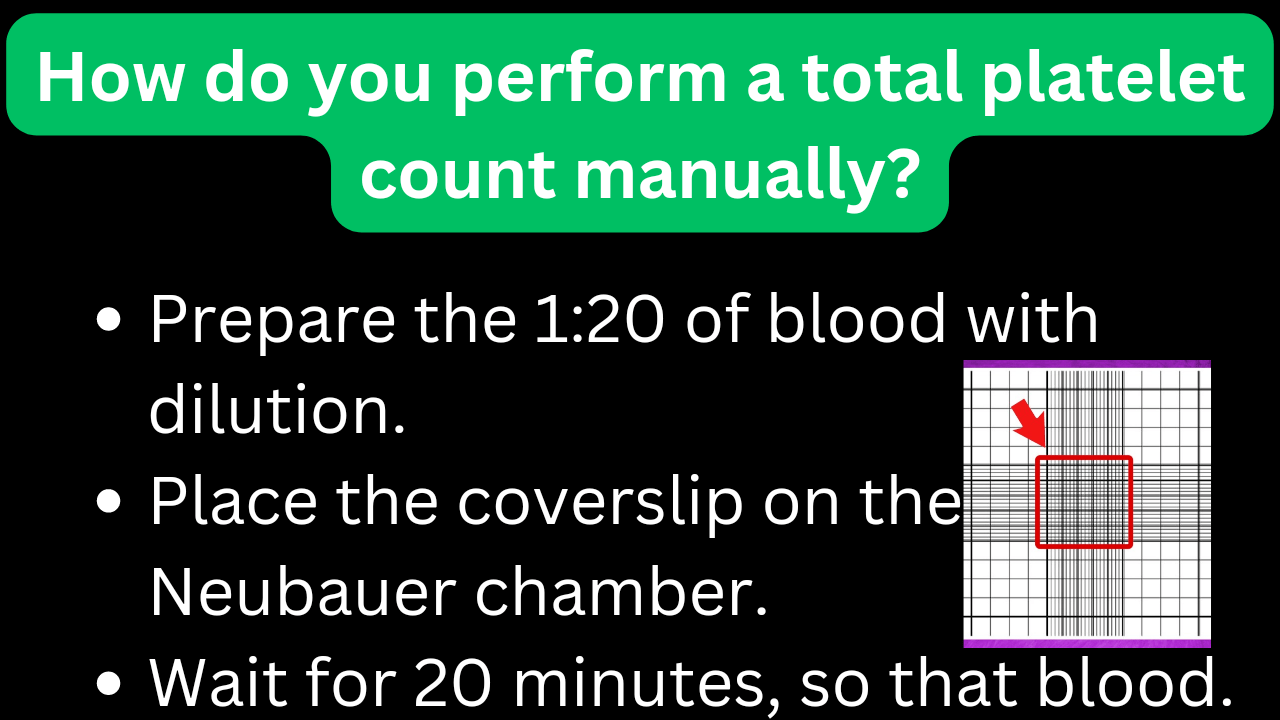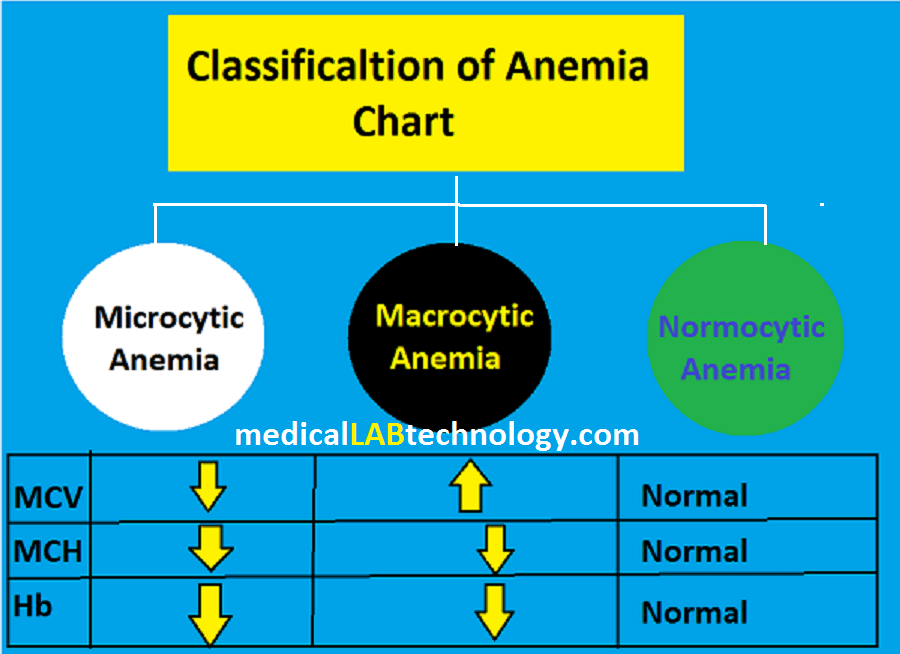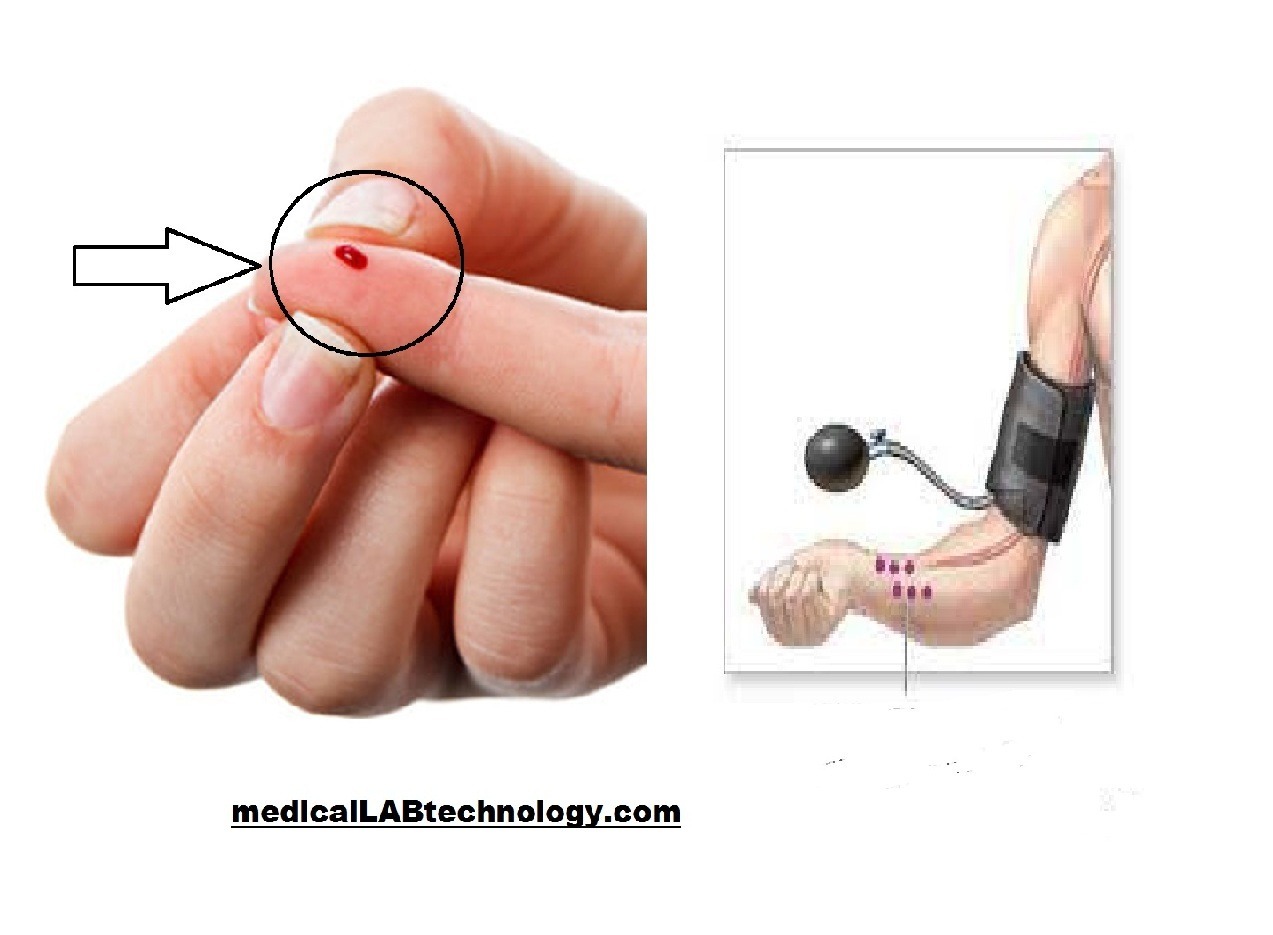How do you perform a total platelet count manually, formula
A platelet count blood test is important for the calculation of platelet in the blood. Like other blood tests Hb, CBC, LFT (liver function test), RFT (Renal function test), and platelet can be counted by two methods. Note: Both methods are used but the manual or visual method is more reliable than an electronic particle … Read more



